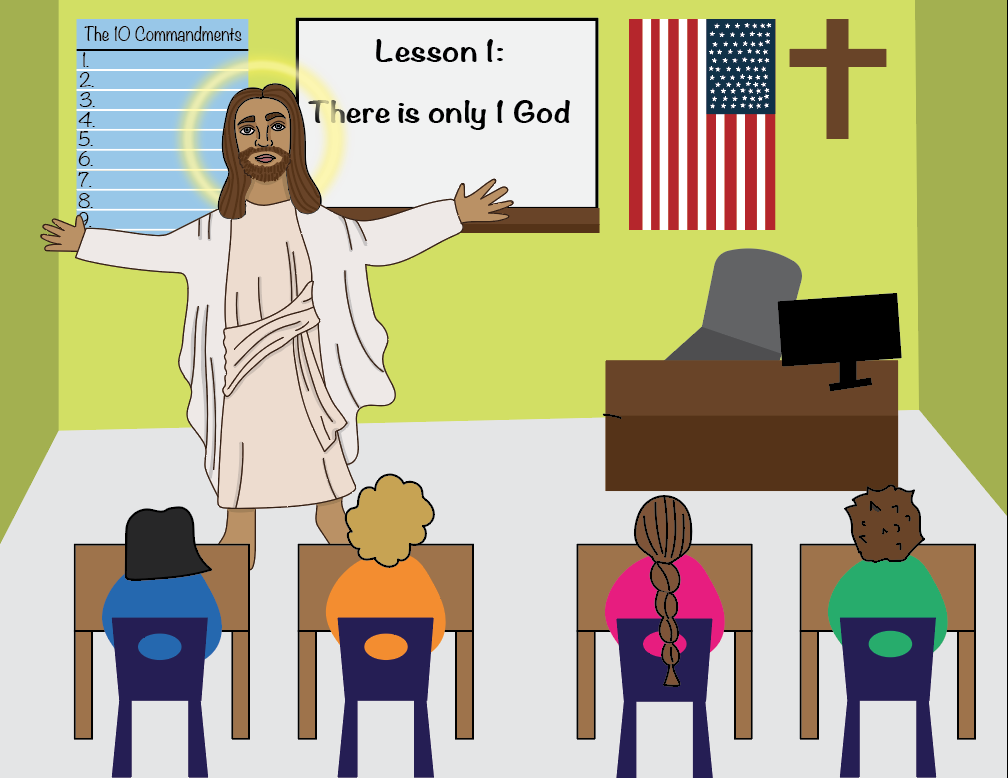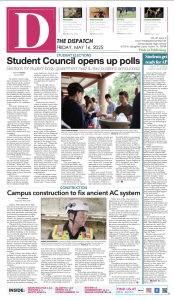New money allocations for homelessness
With the rising population of homeless individuals in Austin, many changes are being implemented.
January 6, 2022
Months have passed after voters approved proposition B, the legislation banning camping in Austin. With this in place local citizens are now wondering what will come next.
In September over $100 million was allocated to help different organizations fund ways to give people experiencing homelessness a form of permanent housing. Then this month Austin was given over $400 million to use over the next three years that will be given to different organizations to also provide homeless individuals with shelter.
“The new camping ban disregards homeless people as actual people,” sophomore Clyde Warren said. “Homelessness is not going to be solved by preventing homeless people from living in public areas, I think the government needs to change its plan so that it is actually taking care of the issue.”
The previous money allocated to this cause was earmarked to create new housing to fund already existing and successful projects. Mobile Loaves and Fishes and Community First! were given $50 million, and an additional $50 million was sent to a group of seven organizations making up the Travis County Supportive Housing Collaborative.
“I don’t know that there is one right solution,” AP world and US history teacher Kristin Hendricks said. “Especially because we are suffering through a pandemic that affects those who are home insecure in very different ways and the COVID fallout in the job market and economy that have added to people struggling to support themselves, there are a lot of different factors that we as citizens and our government need to consider in order to help our community.”
According to the organization Ending Community Homelessness Coalition (ECHO) over 3,000 people are not living in a traditional home and are experiencing homelessness. A part of this number are living in shelters but most of this 3,000 are living in tents, cars, and in abandoned buildings.
“The best solutions for homelessness are initiatives to help people at the genesis of the problem, rather than dealing with homeless camps in the short term,” senior Jackson Bloder said. “Having a public option for healthcare, starting national, state, or local programs that provide rehabilitation, not just the overly expensive rehab facilities that only the top third of Americans have access to.”
Many Austin-based organizations, like the Austin Justice Coalition, have started petitions and held many meetings discussing plans to help the homeless population of Austin. The goals of these petitions were to gain the attention of this cities government, so they take accountability and fund organizations that can help the people affected by homelessness.
“Where is all the money going? What is being done with it?” Warren said. “I think if the city is putting in so much money on an approach that isn’t working, they should switch gears and figure out better uses of that money.”
Based on polls done by ECHO, over half of Austin’s population are living with a disability. Over half of this population are also chronically homeless or people who have experienced homelessness for more than a year.
“Home insecurity has its roots in mental health, job security, effective healthcare, food security, education, and legal protections,” Hendricks said. “It’s also something that people struggle with after major events that we can’t always plan for or prevent, and I think if we understand the roots and causes, we’re more likely to respond in ways that address them instead of focusing on just the effects.”
The federal government is responsible for the $400 million Austin is using to solve the crisis, with $16 million has already n use. Most of this money is going to be used on housing projects throughout Austin so they are able to move these camping sights to more permanent housing.
“I think that without careful consideration and intentional planning to address the myriad causes of home insecurity, money isn’t necessarily used in the most effective places,” Hendricks said. “These are systemic issues that have to be addressed at the personal, local, state, national, and global levels.”
The mayor of Austin, Steve Adler, has said in a statement that the city is very close to being able to end homelessness. Part of Austin’s solution is having a mix of permanent housing and emergency shelters that people could be moved into immediately while they wait for a more long lasting solution.
“I just really hope that the people in charge of the use of that money come up with some bright ideas, because I very much do not want for there to be either a stalemate with the homeless crisis, or Republicans able to use a blunder with money as political gunpowder,” Bolder said.
The current pandemic has become another stressor on homelessness. The economic pressures of the last year on housing and rent have caused many individuals to enter homelessness. Evictions this past year have risen as well as job loss which has lead to the rising homeless population.
“The biggest feeling I have regarding the government’s response to homelessness is that it is absolutely without empathy,” Bloder said. “It feels as though we treat the un-housed like cattle in America, as if they are not full human beings with autonomy and thoughts and feelings and past lives. All of the verbiage surrounding plans and city bills, as well as the plans and bills coming from state and national governments do not treat the un-housed like human beings.”









